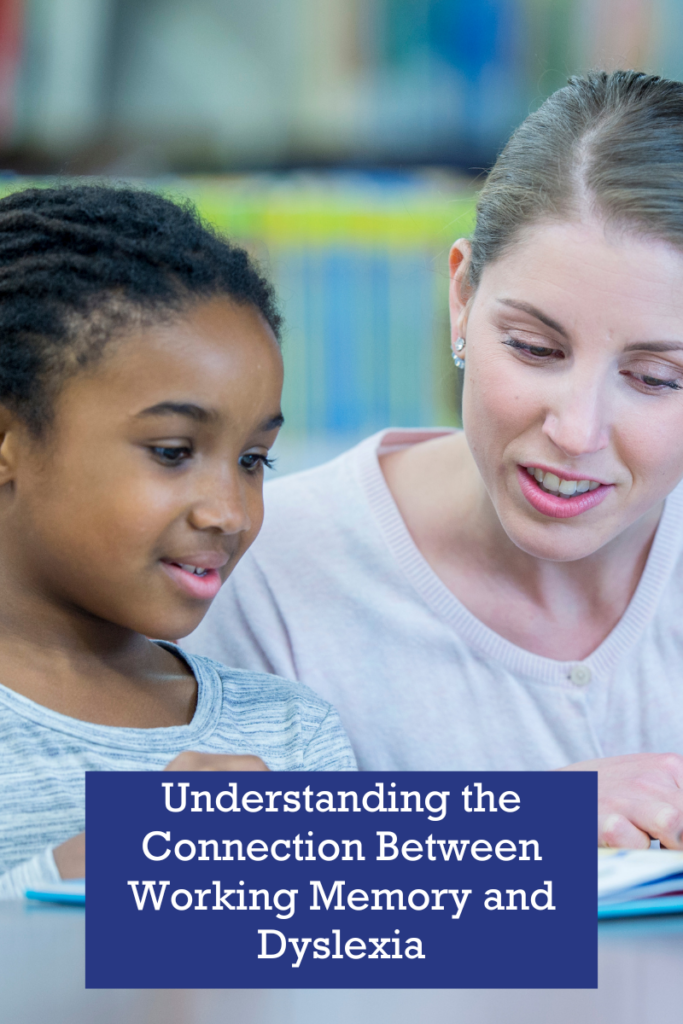Dyslexia, a common learning difference, affects many children worldwide; at least 20 percent of the global population is dyslexic. At The Roberts Academy at Mercer University, we strive to provide the best resources and support for students with dyslexia.
Understanding the role of working memory in dyslexia can significantly enhance teaching strategies and parental support. In this blog post, we will explore the connection between working memory and dyslexia and offer practical tips for parents and educators.

According to the International Dyslexia Association, “dyslexia is a specific learning disability that is neurobiological in origin. It is characterized by difficulties with accurate and/or fluent word recognition and by poor spelling and decoding abilities.”
Dyslexia is not a sign of intelligence, nor does it equate to a lack of motivation. In fact, many of the world’s most notable entrepreneurs, scientists, political leaders, artists, musicians, and entertainers are dyslexic!
Working memory is a cognitive system that temporarily holds and manipulates information. It is crucial for tasks such as following instructions, problem-solving, and learning new information.
In children with dyslexia, working memory often presents challenges that can affect reading and writing abilities.
The Link Between Working Memory and Dyslexia
Research shows that children with dyslexia frequently have deficits in working memory. IDA reports that approximately 10 percent of dyslexics struggle with working memory. These deficits can manifest in several ways:
Understanding the working memory challenges faced by dyslexic students is the first step in providing effective support. Here are some strategies that parents and educators can implement:
Assistive Technology: Tools like audiobooks and text-to-speech software can alleviate the burden on working memory.
The Orton-Gillingham approach is a highly effective method for teaching students with dyslexia. It is specifically designed to address the challenges of working memory. Here’s how:
The Roberts Academy uses the Orton-Gillingham approach to help strengthen working memory and improve reading and writing skills in its students.
At The Roberts Academy, we incorporate these strategies into our teaching methods to ensure our students receive the best possible education. Our specialized programs are designed to strengthen working memory, improve literacy, and make gains in overall academic performance.
Recognizing the connection between working memory and dyslexia is essential for providing effective support to dyslexic students. By implementing targeted strategies, parents and educators can help these children overcome their challenges and achieve academic success.
For more information and resources, visit The Roberts Academy website or contact our team today.
Discover Roberts Academy at Mercer University in Macon, Georgia!